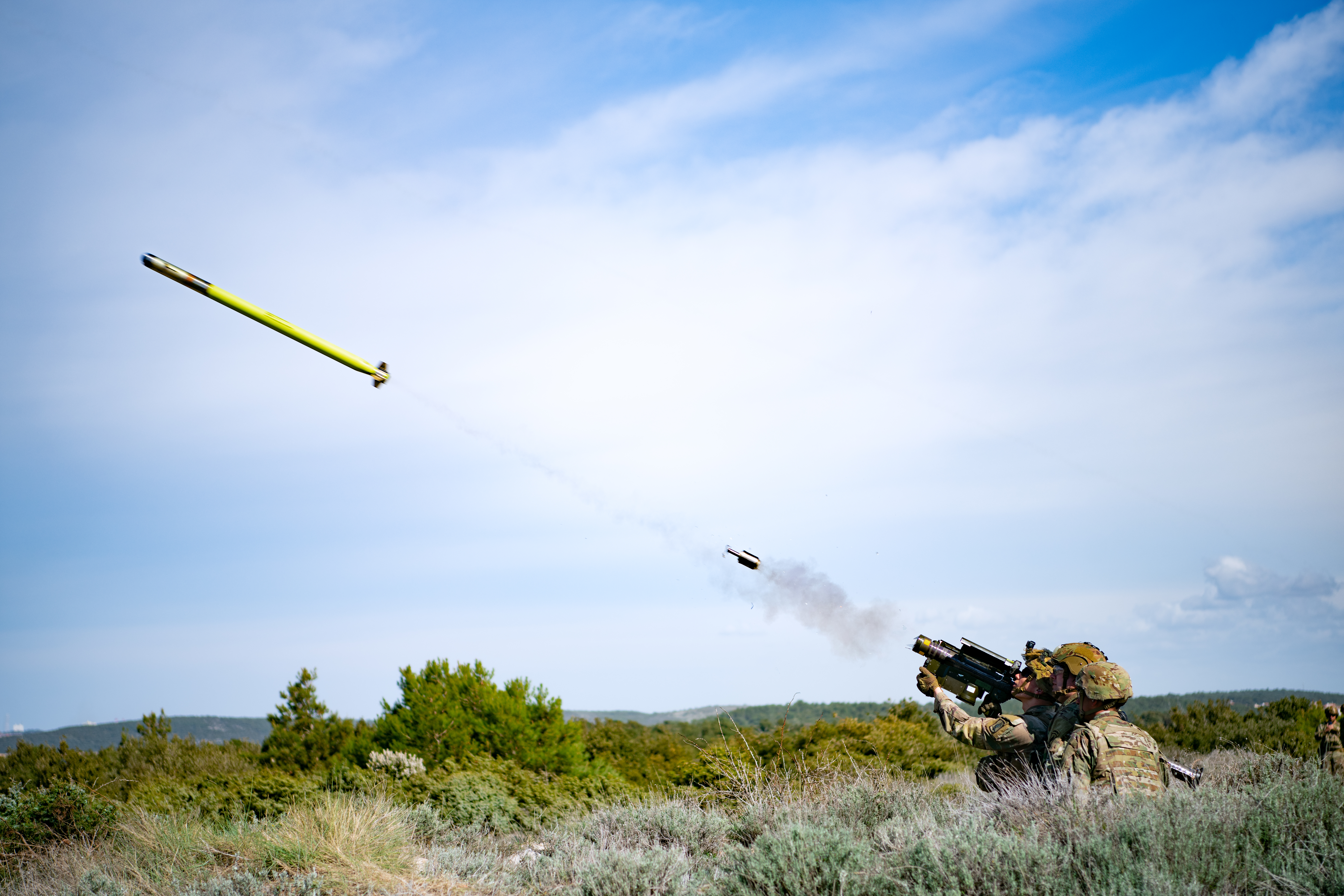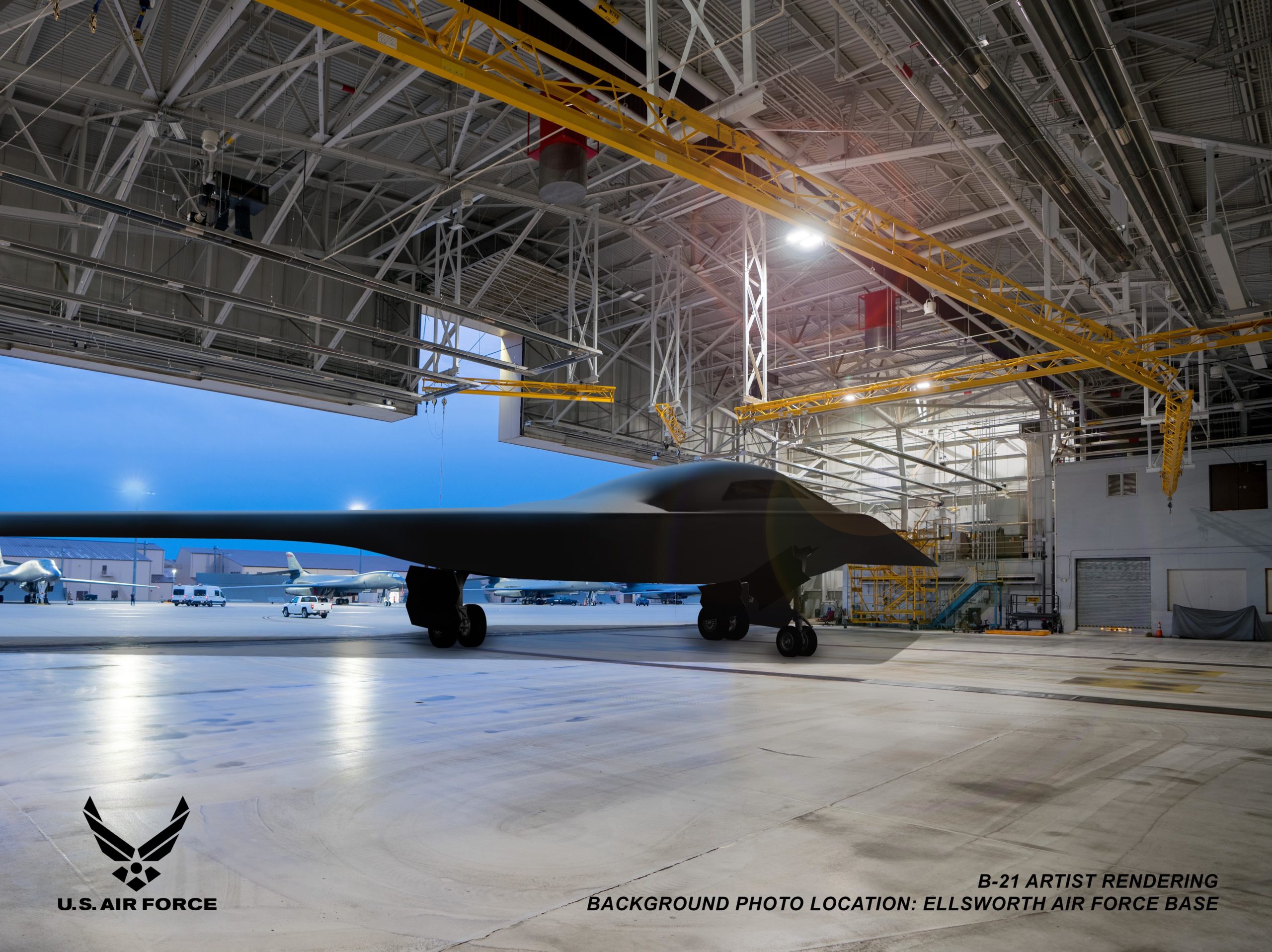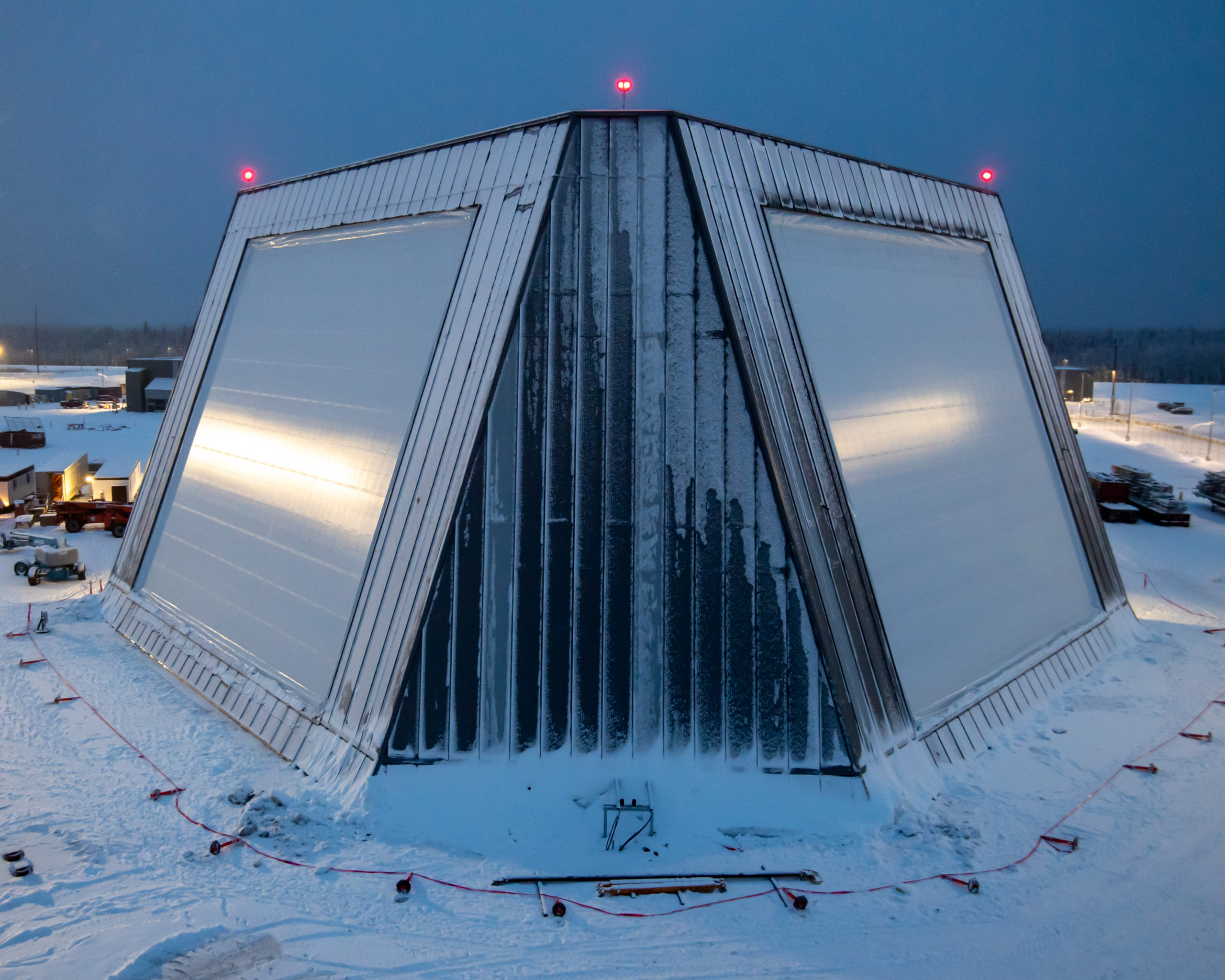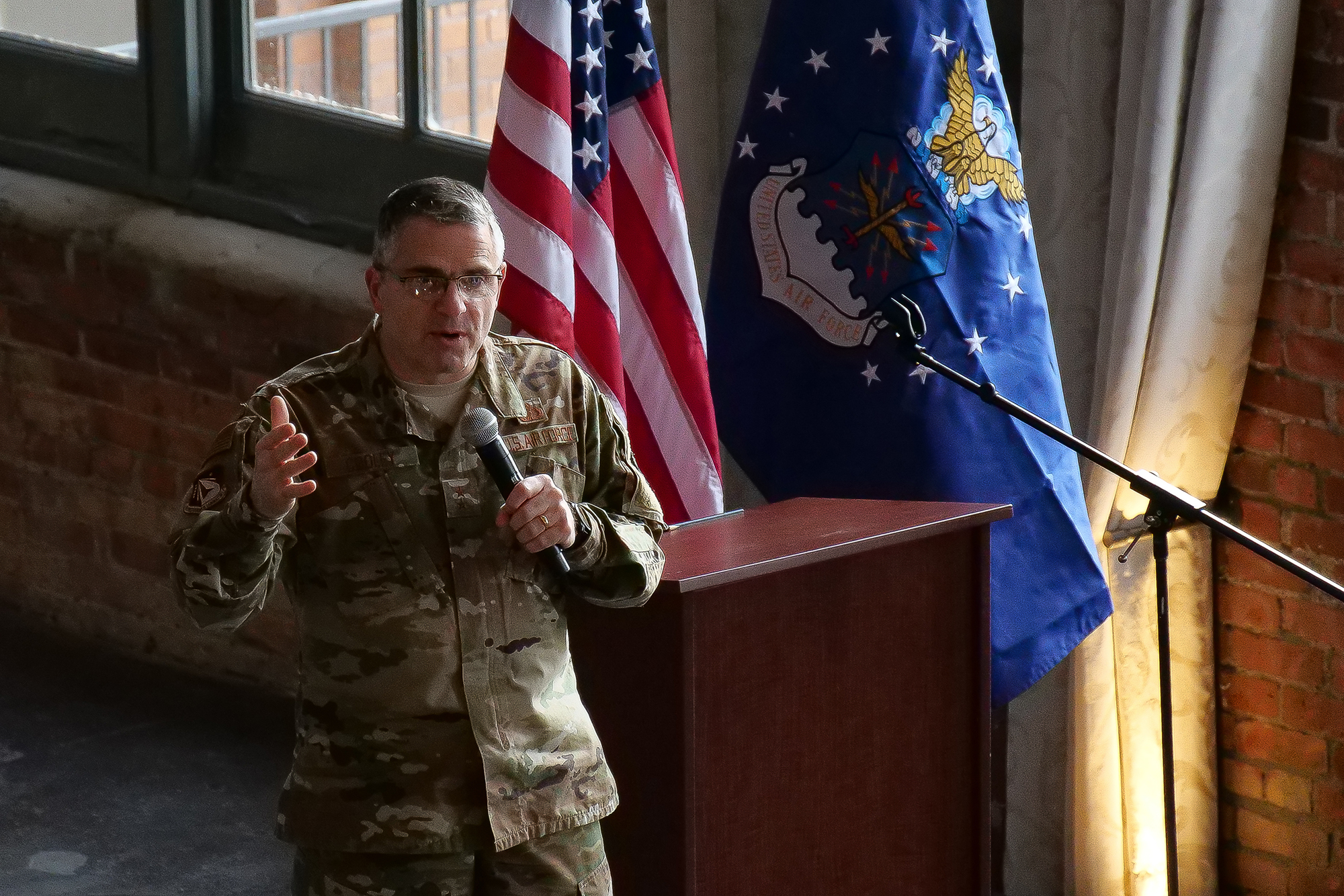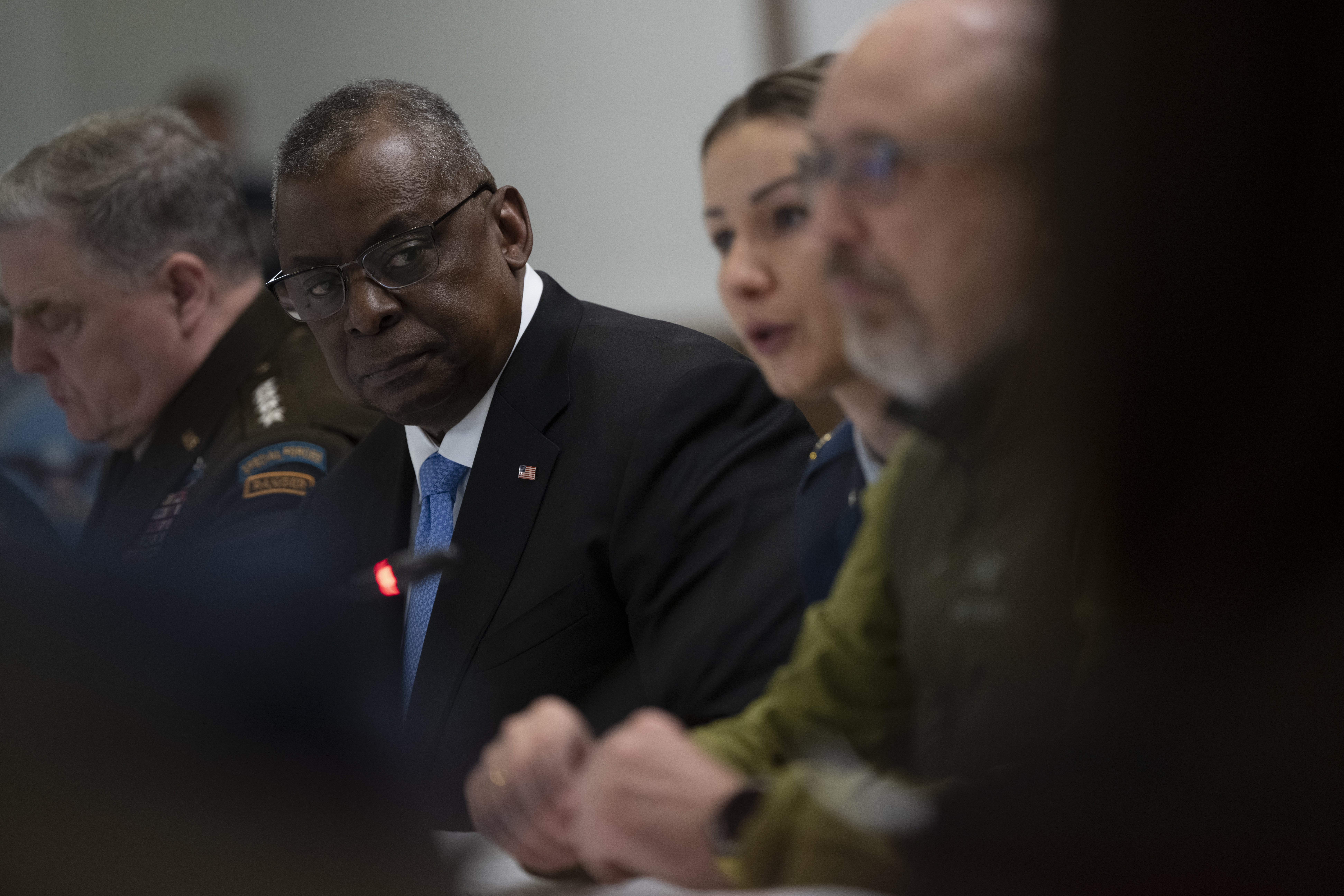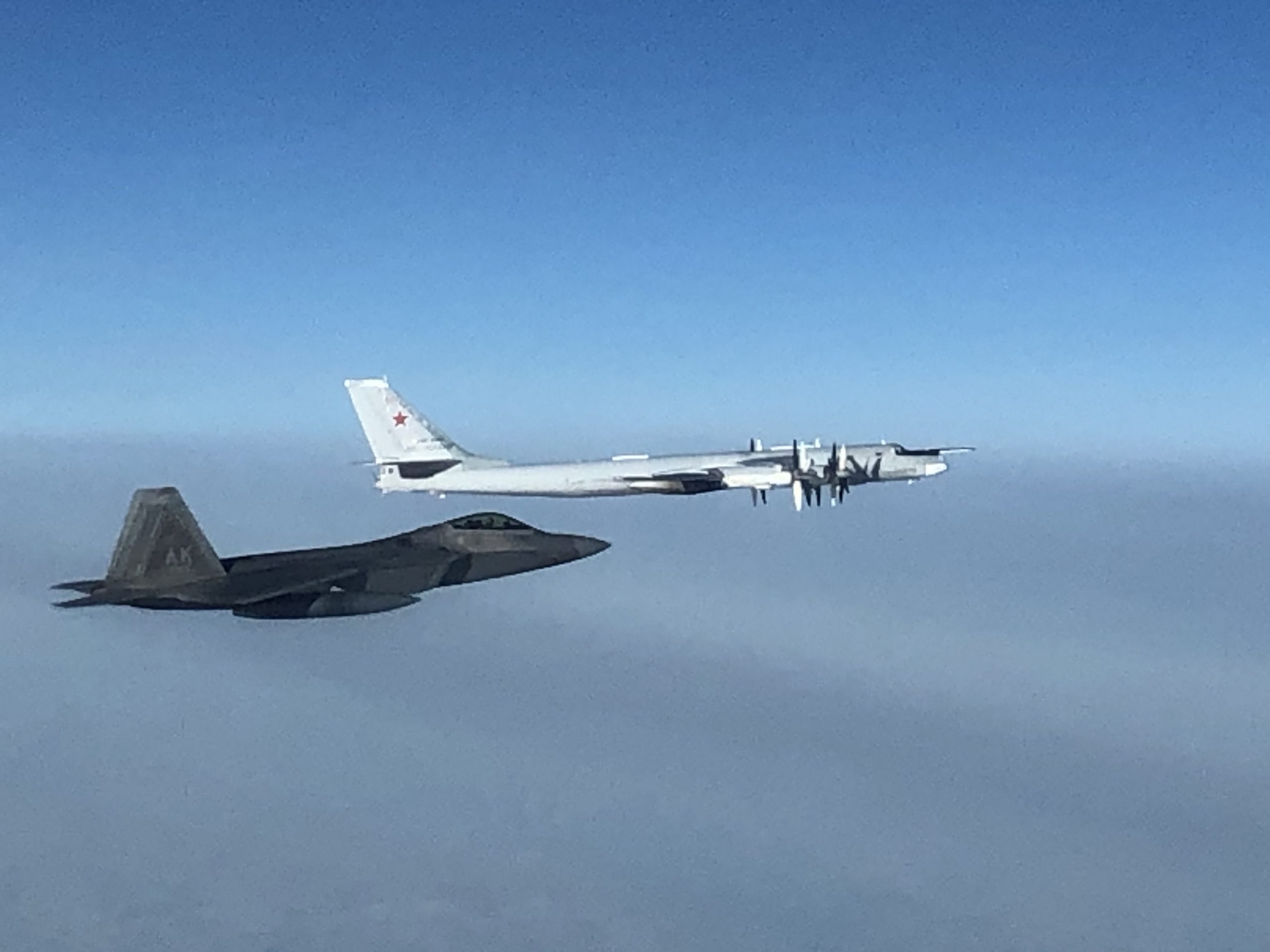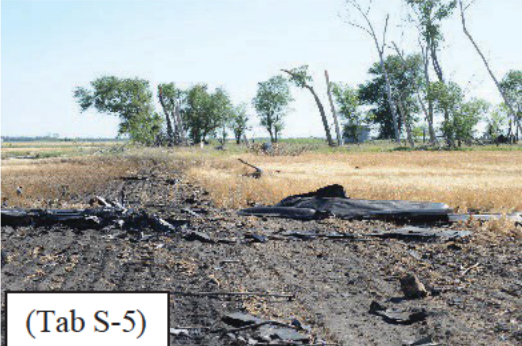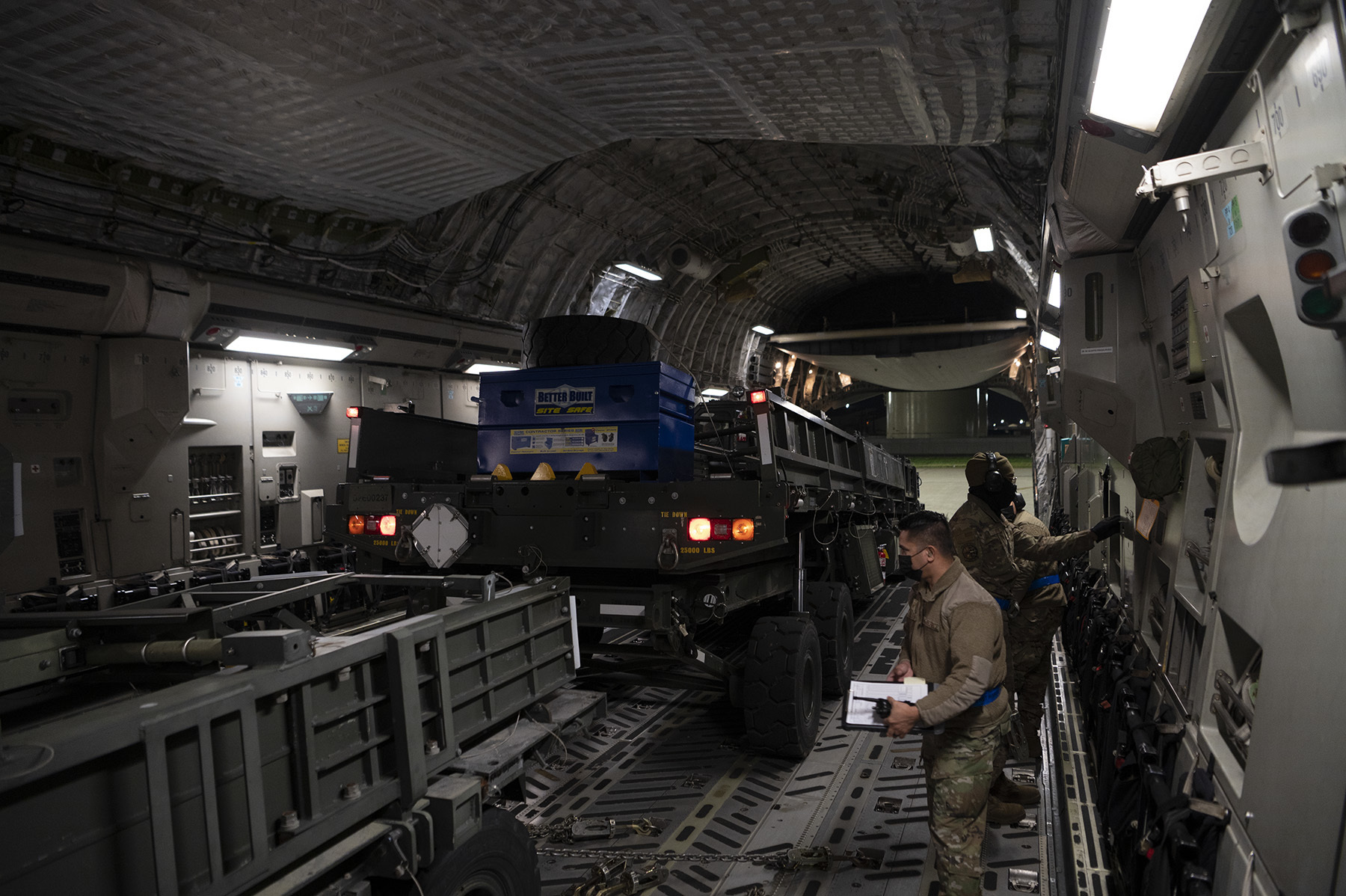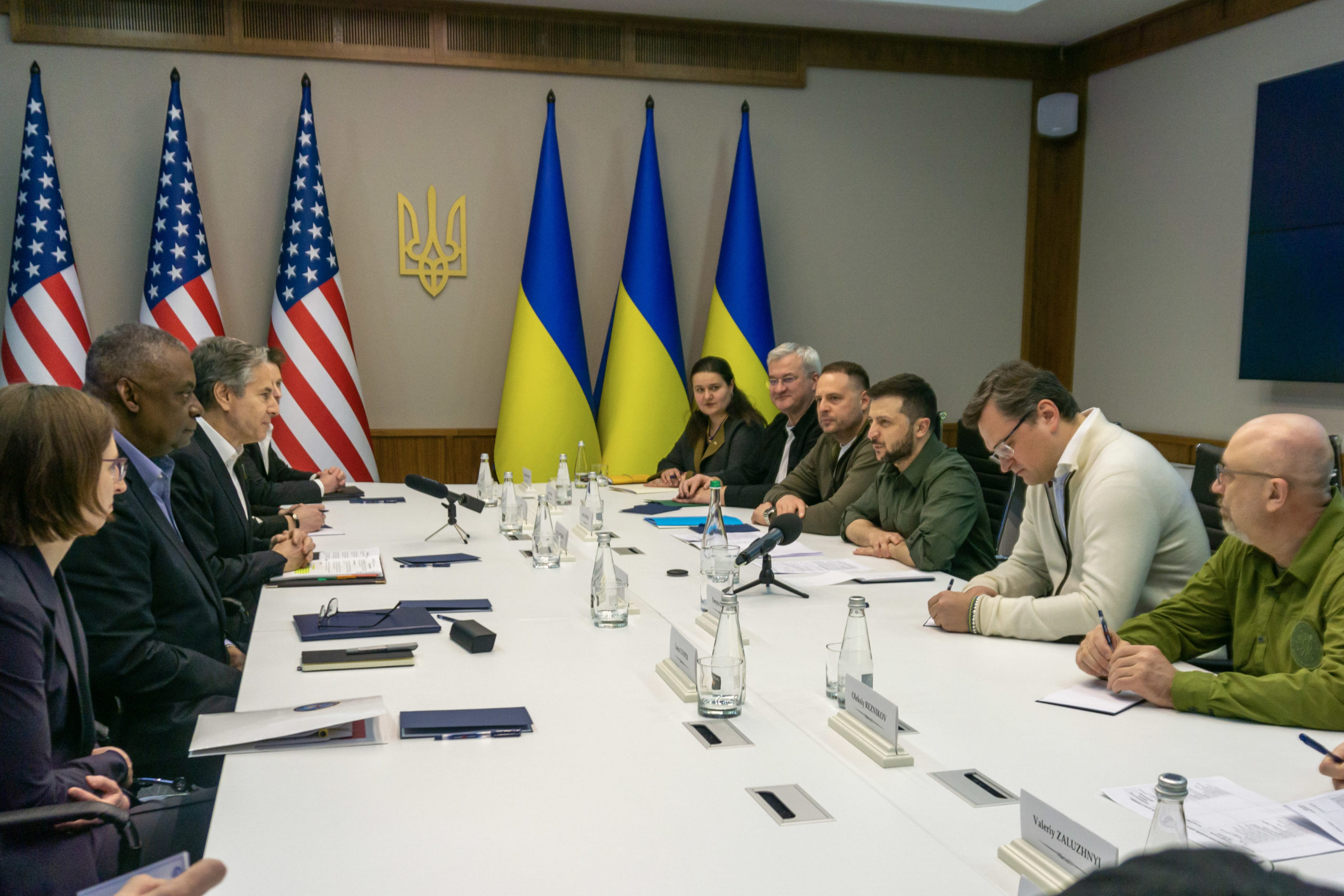The Army has probably given a quarter of its Stinger shoulder-fired anti-aircraft missiles to Ukraine in recent months, and restocking them could take several years, former defense officials and Raytheon’s CEO said April 26. The issue highlights the industrial base’s lack of surge capacity at a time when Defense Secretary Lloyd J. Austin III is calling on partner nations to ramp up the flow of defense assistance for Ukraine.
In a Senate Armed Services Committee hearing on the health of the defense industrial base, former Pentagon undersecretary for acquisition and sustainment Ellen Lord said that, according to public-domain sources, “We have probably given Ukraine a quarter of our stocks” of Stinger missiles, but “we cannot, within the next couple of years, produce more, because we have a problem with the government not paying to maintain production capacity.”
David Berteau, a former Pentagon official who oversaw logistics and materiel, now the CEO of the Professional Services Council, said, “We’re drawing down now. In some cases, I’ve seen about a third of our available stocks … in less than two months. If we’re one-third down in less than two months and we keep that rate up, that’s only six months” to deplete an entire inventory.
“There is no way a contractor is going to deliver replacements in less than that time, even if you started today. We’re behind. You guys [Congress] should push them [the Pentagon] to hurry up.”
In a first-quarter financial results call with journalists, Raytheon Technologies CEO Greg Hayes said that although “we’re currently producing Stingers for an international customer, … we have a very limited stock of material for bigger production. We’ve been working with the DOD for the last couple of weeks … actively trying to resource some of the materials, but unfortunately, DOD hasn’t bought a Stinger in about 18 years.” Some components are “no longer commercially available,” he said. “So we’re going to have to go out and redesign some of the electronics in the missile” to substitute newer elements, and that will take time.
“We’ll wrap up production of what we can this year, but I would expect” it will likely be 2023 or 2024 when “we actually see orders come in for the larger replenishments, both on Stinger as well as on Javelin, which has also been very successful in theater.”
Sen. Richard Blumenthal (D-Conn.) said, “I think we’ve lost the luxury of time, here. The closet is bare.” Blumenthal said the Army has handed over to Ukraine “one-third of its supply” of Javelin missiles, and to go from the current production rate of 1,000 a year to the “max amount,” which he did not specify, “would take about a year. And replenishing U.S. stocks of those weapons would require 32 months.” Without President Joe Biden invoking the Defense Production Act, “we will run out of these missiles …These weapons will not magically appear for us, or our allies, or Ukraine.”
Lord said that long gaps or extremely low rates on production of munitions and other defense goods worsens the reconstitution issue. With long breaks in production, test equipment breaks or becomes obsolete, supply chain links become “broken. … We have to reconstitute that.”
The Javelin anti-tank missile, also being provided in large numbers to Ukraine, is still in production, but “right now, we are still five years” from buying all the Javelins needed for the U.S. Army, she said.
“So I think the real issue here is, how we make sure we have a resilient supply chain to produce the munitions we need, and also for our partners and allies,” Lord asserted.
The Pentagon has not sent a “clear and consistent demand signal” to the defense industry that it wants the capacity for surge production of weapons, and there is a “two- to five-year lag” to bring weapons back into series production, she continued.
“We have that because we have not invested, as a nation, in infrastructure, the equipment and tooling to have the capacity and the throughput.”
Industry won’t create that capacity on its own without clear guidance from the Pentagon.
“As an industry, if you do not have a clear and consistent demand signal, you cannot justify the capital investment” to create it, Lord said. “No board of directors is going to OK that.”
Both Berteau and Lord said the Pentagon needs to change the way it buys items and get away from the ups and downs associated with things such as munitions, which Lord noted are a traditional “bill payer” for other priorities.
Berteau said, “It is definitely a problem, and we have yet to see a single contract in place to start on that replenishment. Discussions are going on, but there’s no definition of what the requirement is, yet, because we still don’t know how much we’re going to draw down” for Ukraine. He noted that there was a request for information put out April 22 seeking suppliers for materiel destined for Ukraine, but that is only a preliminary step in the process.
Both Lord and Berteau said the administration can rely on the Defense Production Act Title III to get the ball rolling, but Congress needs to provide the funds in a timely way.
They both also said red tape discourages many companies from becoming defense suppliers and that despite many high-level efforts to accelerate the process, it still generally takes at least two years for a company to get on contract, even for something deemed an “urgent” requirement.
“It is a choice” for a company to do business with the Pentagon, Lord said. DOD and Congress must make it a more attractive business opportunity, because companies need a “fast-paced, predictable” source of funding for development, production, and sustainment.
Both also said risk-taking in acquisition needs to be rewarded and that when it goes awry, the punishments should be less onerous. Otherwise, acquisition professionals will tend to stick with “by the book” methods instead of taking advantage of swifter contracting vehicles Congress has made available in recent years.
Hayes, in the earnings call, said Raytheon will lose about $750 million worth of business due to sanctions on Russia, about half of which was for Pratt & Whitney engines for Russia’s airliner market.
“That accounts for about one and a half percent of our total sales,” he said, and could be up to $900 million for the year.
“We’re going to be able to mitigate some of that through higher sales elsewhere. But you really do lose some sales associated with aftermarket activity into Russia … It is not a small number for us.”
Raytheon is making a total break with the Russian market, he said.
“We’re done. We’re done in Russia,” he insisted. “We had a joint venture there, where we built commercial heat exchangers for Boeing and Embraer. We closed that facility. We sold our share. We aren’t going back.”
Hayes added, “I think this is crossing the Rubicon, here, as far as we’re concerned, for Russia. We’re not going to support the airlines. We’re not going to support the development programs. We’re not going to support any Russian customers going forward, while this [the invasion of Ukraine] is going on. You got it? … We’re not shipping engines there. We’re not shipping engines to Airbus that would otherwise go into Russia” for Russian airlines.
The sanctions have also cut off supplies of titanium from Russia, and that will cause Pratt and other Raytheon units to be late on some products.
“It is, I think, the biggest challenge that we have as we think about these global sanctions on Russia,” Hayes said. “We did have a … significant portion of titanium forgings and castings coming from Russia. Many of those are now on the sanctions list.”
He said that as warnings about Ukraine mounted in the fall, “The good news is … we actually started advanced purchasing back in the fourth quarter, and we were able to get ahead of some of the sanctions. So we have inventory for a big chunk of that … through the end of this year.”
But, “it’s going to take us some time to re-source some of the [titanium and aluminum] castings. And that’s going to impact some of our customer deliveries this year.”
